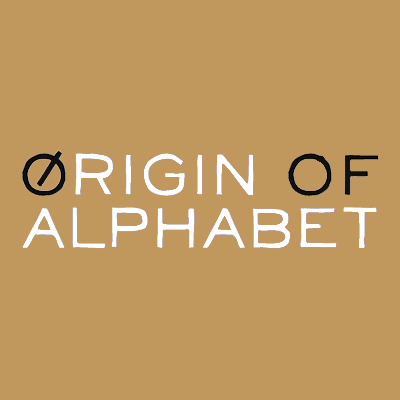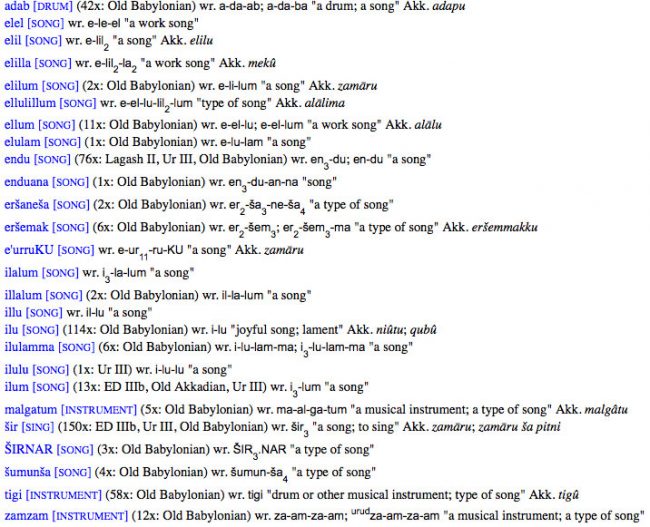The Relationship of Stork to Child is 5,000 Years Old
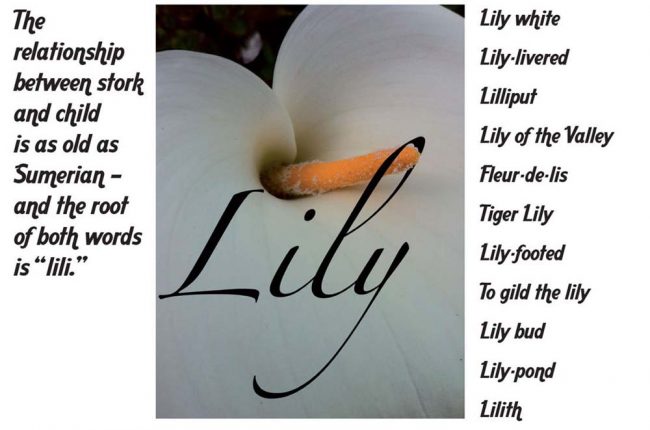
The suggestive nature of the lily, as seen above, is a clue as to why these flowers were so important to early humans. The Sumerian dictionary has many words that begin with the sound “lil,” including “ghost,” “child,” and “stork.” The pale skin of a lily is like the pallid skin of a woman, sequestered in a harem. A Roman myth claims that the lilies came from the breast milk of Hera when she pushed Hercules away after Zeus put him to her breast because Hercules was not her child. This is also, allegedly, how the Milky Way formed. “Galaxy” takes its name from “gala” which means “milk” in Greek, while in Sumerian, both “gala” and “laga” meant “vulva.”1 Women have milk and vulvas; this double-attraction of women shows up often in language; it is the root of the swap between “B” and “V.” Women signify for white because women were cloistered. Caucasian breasts or prepubescent vulvas not exposed to sunlight are white. The ongoing fascination with Lolitas in our society (from Shirley Temple to the Olson twins to Marilyn, Madonna, and Lady Gaga) point to a preoccupation with youth and blondeness. Dark is evil and light is not, most likely because day is less scary than night. The fact that the white fluid stored in women’s breasts is drinkable certainly had an influence on white being associated with goodness.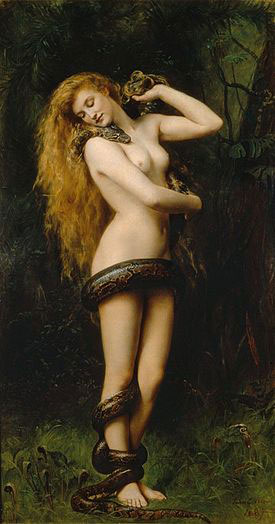
Lilith (1892) by John Collier in Southport Atkinson Art Gallery – http://en.wikipedia.org/wiki/LilithWhen something is good, there a a lot of words for it because writing focuses on things humans value. Humans valued women for their milk and generative capabilities, so there are lots of ways that women are depicted in language. Because writing was so new back then, early writers tended to “over-generalize,” which is what children do when they call a cat a “Bow-wow.” “Bow-wow” is the sound a dog makes in the U.S. when it barks, but to a child everything small and furry with four legs gets lumped under one word. The Chinese did this when they simplified their language. Their “cat” 豸 and “dog” 犭 radicals were different characters before 1950, and now they are the same; both are the original character for “dog” because it was the simpler of the two characters. Civilization tends to simplify, but before there was consensus, and written language was a free-for-all, there were a lot of symbols to mean a few things, which is evident in the fact that there are so many ways to write the word “prostitute” in all languages. Important persons have many names.
In the beginning of civilization, homonyms abound (similar sound patterns that have different meanings). In order to understand what a sound grouping really meant to the people who wrote it, one must look through their lexicon and see how many other words also share that sound pattern and meaning and time period and location, and then consider the relationship between those meanings and variations.
A ghost has many properties. It can be a demon, which is what the Sumerian words “lillaen,” “lillgi,” and “lillilgia” mean. (At the end of this there is a database supporting all these definitions, which are taken from the Pennsylvania Sumerian Dictionary.) Lilith was either a class of demons or Adam’s first wife (says Wikipedia). Although Wikipedia also includes the sentence: “The Sumerian she-demons lili have no etymologic relation to Sumerian lilu, “evening.” I would say, “Since demons often come at night, and women are associated with night, this relationship might be more complex than simply writing one sentence with no references declaring that there is no connection.”
When one is afraid of something, one denigrates it, which is why the word “lil” is also the word for “fool” eight attested times. Even in cuneiform, one had to label one’s enemies. “Liar” is “lulul” and “ big liar” is “lulullul.” Kind of like when we say, “His story was a lulu.” These words are all very close. “Kilul” means “murder” (not far from “kill”) and “lil” means “ill” (which is what you would be right before you would be a ghost).

No surprise that versions of this “lil” word mean “plant,” including one that is like a cucumber. “Lil” also means “plain,” and a plain is where one would grow plants. The word “eden” also means both “plain” in Sumerian as well as “backside.” Plains and backsides share fertility and flatness.
“Consider the lilies of the field, how they grow / they toil not, neither do they spin,” Matthew 6:28.
Matthew may have thought that lilies don’t toil, but Matthew was not a botanist. To imply that lilies aren’t conducting photosynthesis is incorrect. The spokespeople of the Bible cared more about metaphor and making people conform. Lilies and lambs, both icons of docility, are all loved in the Bible because when people are docile, they are more easily controlled. To be lulled is to be sung to. In Sumerian, out of 26 words which come up when you search the dictionary for “song,” 14 of them have two “Ls” in the beginning of the word. A lullaby is loved because it helps a crying child relax. After birds, women were the second musicians. Bird is pronounced “mushen” in Sumerian (a inversed caret over the “s” means to pronounce it “sh”).
Mushen = bird in Sumerian
Musheniqtu = wet nurse in Akkadian
The both sing. Could this be the root of the word “musician”?
In Akkadian, the word “musheniqtu” is “wet nurse,” a woman who’s life and livelihood depended upon keeping her charge happy. She would no doubt sing often in order to lull the child while nursing. The Akkadian word for “offspring” is “nannabu” which sounds like a term of endearment. However, this word in Sumerian is “lilia” which brings to mind “lillies of the field” where lillies are a euphemism for children and field is a euphemism for women, as it is in Chinese, because a field is where things grow, and a woman is the one who carries children in her womb. A “lilibisig” is a stork. A “bising” is a “basket,” so a stork is a “offspring basket.” (The caret over the “g” means that the sound is pronounced “ng.”) Funny that the stork carrying a child is an image that we have as a metaphor for childbirth even today. Perhaps humans are more alike than we know. Once we have a good idea, we don’t let it get away. We just think we originated it ouselves.


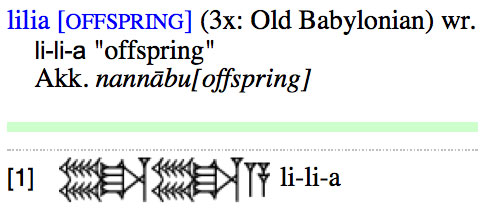
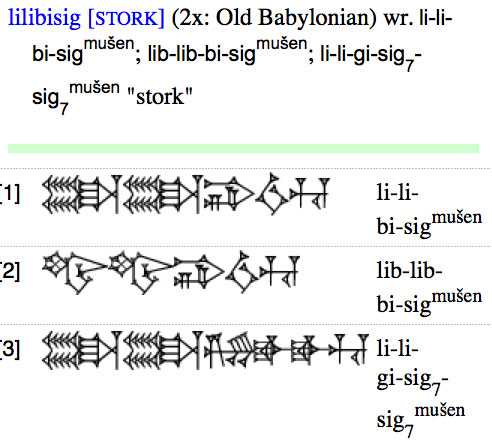

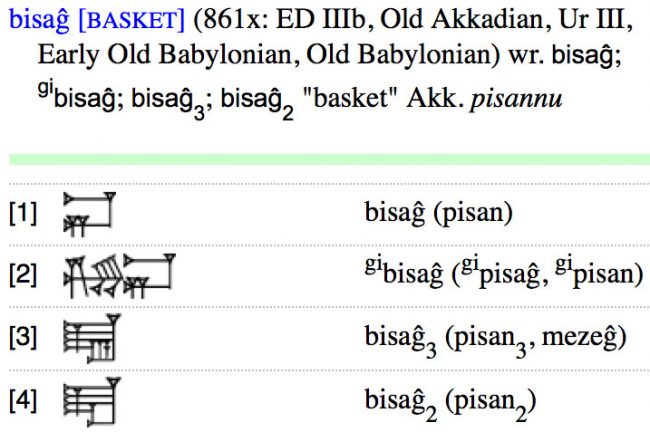

“Lil” and “lul” words in Sumerian: a database
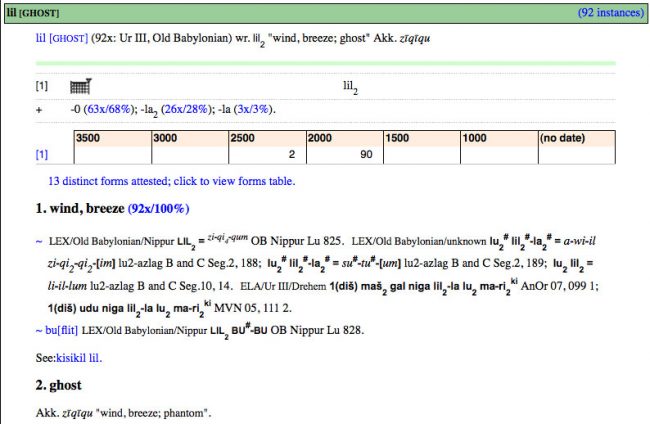



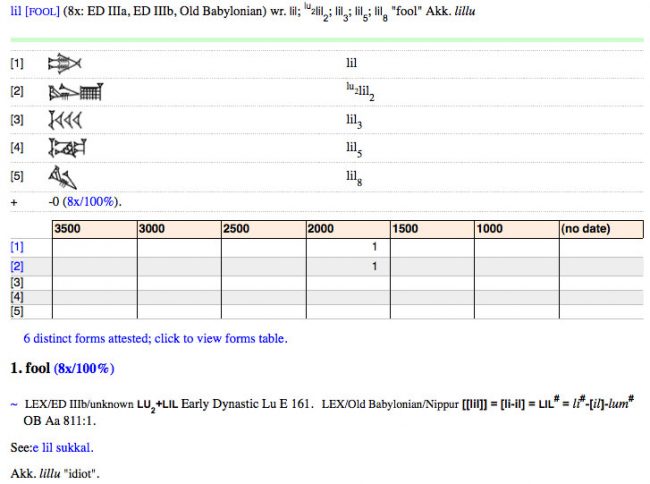
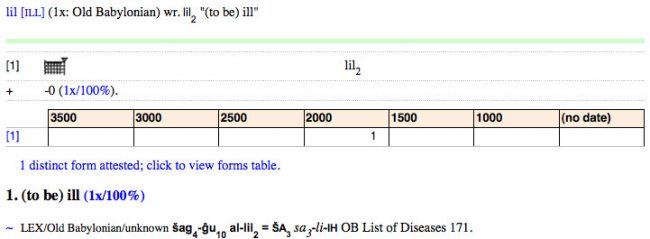
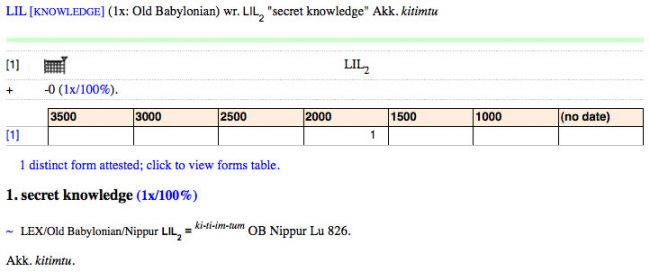



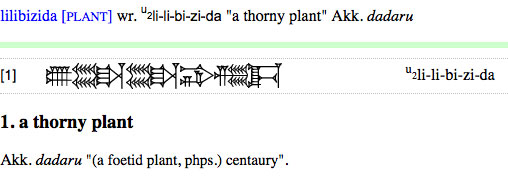




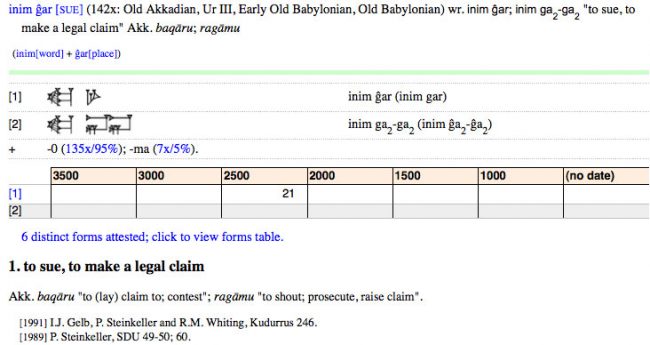
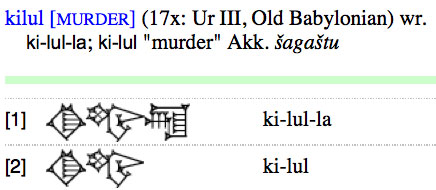


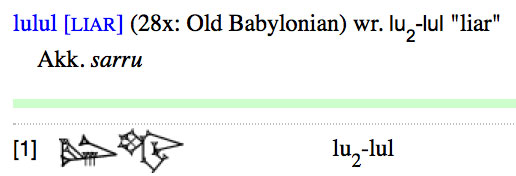



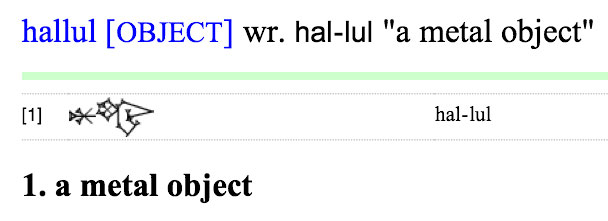
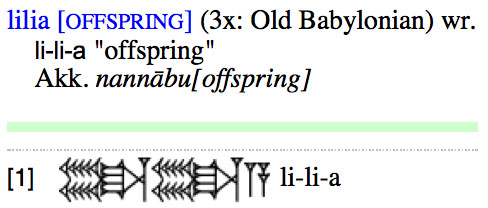
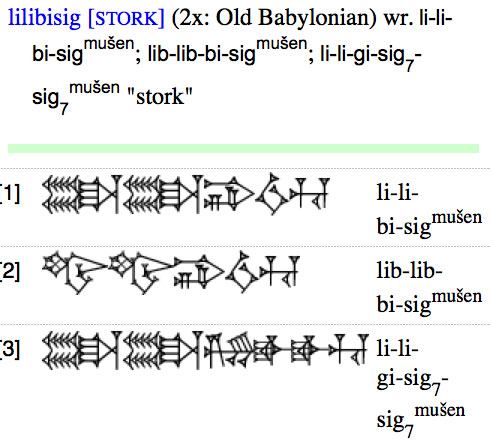

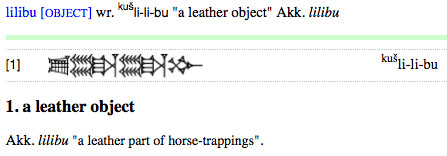
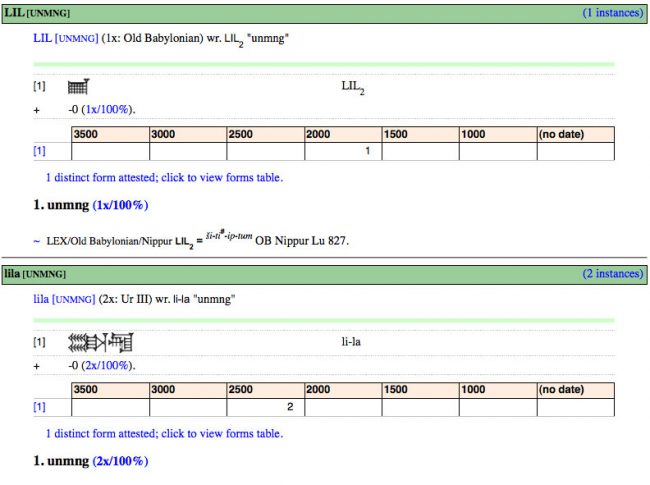
- See page 15 in “Vaginas depicted in Sumerian: a database” at www.originofalphabet.org or the Pennsylvania Sumerian Dictionary (http://psd.museum.upenn.edu).
